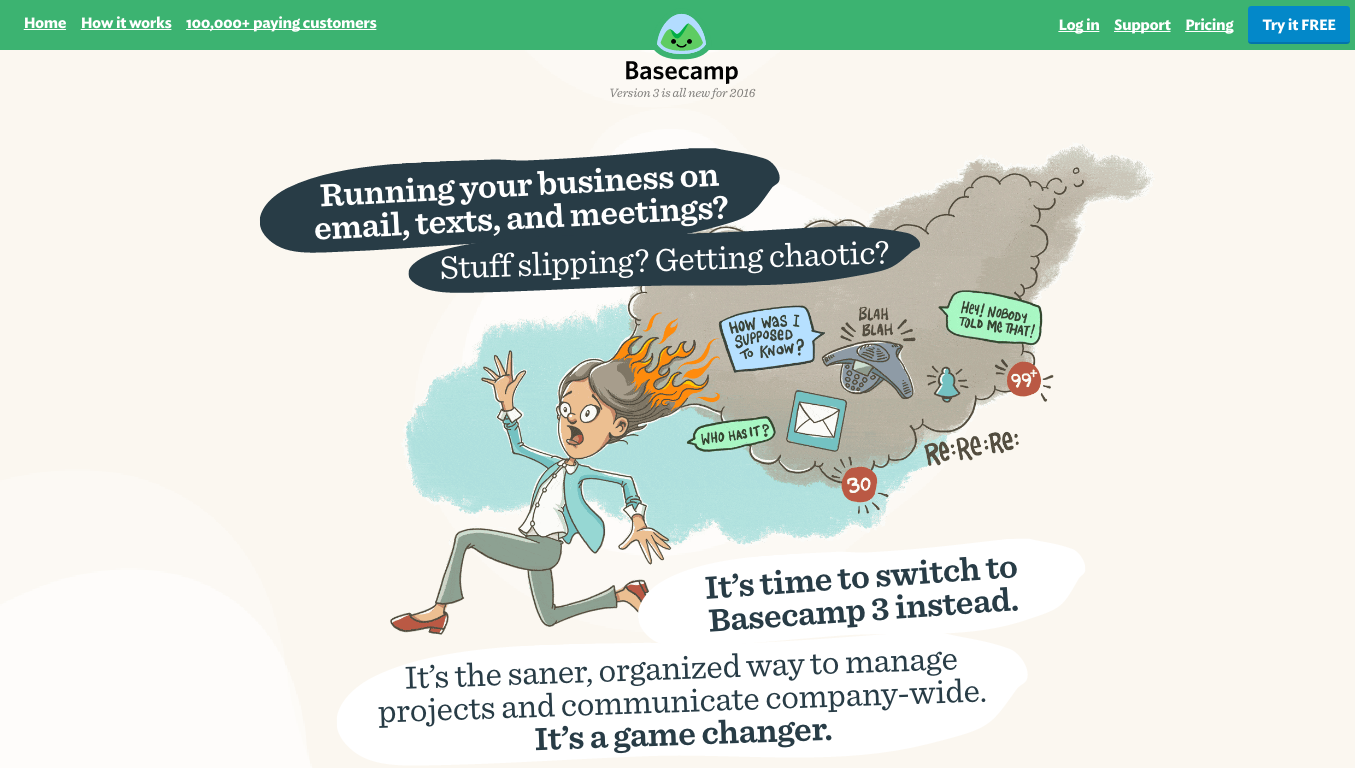How infomercials nail the jobs-to-be-done framework

.png)

.png)
“But wait, there’s more…”
We’ve all been there. Flipping through the television late at night, you stumble upon a host bursting with charisma. The faded video catches your eye, and you chuckle at how the narrator is somehow equally enthusiastic and exacerbated...and then the next thing you know, you’re plagued with self-doubt, wondering how you have ever bought a blanket without sleeves.
Yes, infomercials are cheesy. Yes, they use pushy, over-the-top tactics to exploit the human psyche. But they’ve been the cornerstone tactic of several billion dollar businesses. And they could represent close to 1% of the United States GDP.
So how are they so effective?
Infomercials rose to prominence in the 1980s, long before Clayton Christensen penned the Innovator’s Dilemma and introduced the Jobs-to-be-Done (JTBD) framework. But I believe that infomercials are so effective because they nail a core tenant of JTBD: the struggling moment. And if you take a deeper look, there’s a surprising amount software teams can learn from how they do it.
If you’re unfamiliar with JTBD, this article is not the place to start. I highly recommend you check out work on the topic from Alan Klement, Bob Moesta, Clayton Christensen, or the team at Intercom.
But for those who need a refresher: JTBD is all about a customer’s desire to make progress based on a situation she is currently in. “Jobs” aren’t about customers buying a product within a specific product category or for certain attributes of that product. It’s about what that customer is effectively “hiring” that product to accomplish.
For instance, here are some products I hire to do the job of killing boredom while I wait for the train:
Notice that few of these are in the same category. Others may even hire crossword puzzles or cigarettes or phone calls to their family members to satisfy the same job.
At the core of JTBD is a problem and the enduring struggle that the problem brings about. Infomercials are widely appealing because they focus on everyday, persistent struggles that never seem to go away.
The screen fades to black and white while a frustrated yet relatable protagonist fumbles as she tries to find the right tupperware lid or examines his still-stained clothes as he removes them from the washing machine.
No matter how hard the protagonist tries, there’s just something wrong with the way things are. The tupperware lid won’t fit, as the food is spilling over and getting cold. The stains won’t go away, despite the expensive detergent and fancy washing machine.
This is what JTBD practitioners call the struggling moment. Struggling moments are the real-world situations when business as usual fails, making customers wonder hmm I wonder if there’s a better solution for me.
They emphasize the “push” of a customer’s current situation. And every infomercial latches onto the struggling moment. They identify and amplify it. They turn commonplace annoyances into catastrophic problems that cost viewers more time, money, and inconvenience than previously imagined. With empathy and exaggeration, infomercials prime viewers to look for a better way forward.
Once the struggling moment has been established, it’s much easier to position a product around the progress it will help the viewer achieve. Check out how these 3 products do it:
Struggling moment: When I am groggy but working on a project that’s going to take me a few more hours today, and I’m worried that I’m not going to get out early enough to go to the gym.
Selling progress: 5-hour energy doesn’t pitch the ingredients or flavor of the drink itself. Rather, the commercial focuses exclusively on the improvement the drinker experienced: gains in focus and mood sustained over several hours.
Struggling moment: When I’m hanging out at home and it’s a little cold and I cannot get comfortable because I keep reaching for the remote, texting my friends, or grabbing a snack.
Selling progress: People don’t want a blanket with sleeves. But they want to stay warm while using their laptop. Or holding their pet. Or while eating and watching TV. The Snuggie commercial focuses on the advantage of being able to stay warm and mobile at once.
Struggling moment: When I get home from a long day of work and my family is spending time together in the other room and I want to join them and veg out, but I am stuck in the kitchen cooking a recipe for the next hour.
Selling progress: “Set it and forget it” → this catchphrase doesn’t emphasize a perfect cooking temperature or rotation velocity of the device itself. Rather, it focuses on the improvement in the buyer’s life: the hours back that they don’t have to spend on cooking.
You may be thinking that rotisserie ovens and energy drinks have nothing to do with software. And you’re mostly right.
But struggling moments aren’t only for mass-market consumer products. Every customer who switches to a new software product is hiring it to make progress based on a situation she faces. She, too, experienced a struggling moment.
And just like the infomercials do, software builders and marketers can use struggling moments to pinpoint pain, sell progress, and grow their businesses faster.
Perhaps nobody understands this better than the team behind Basecamp. The other day I saw this tweet from Basecamp CEO Jason Fried:
So I checked it out, and found something wildly different from your typical SaaS homepage:

Basecamp obviously understands their customers’ struggling moment. And they use it as the perfect anchor to sell the progress their product promises to help someone achieve.
The result is bigger, more empathetic messaging than “better project management software” or talking about features ever could be. This is something we want to improve about how we talk about and market Appcues. But we’re just scratching the surface.
What is your customer’s struggling moment?